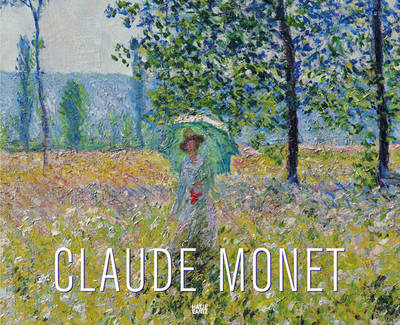Emanating S.
1 total work
Claude Monet
by Christofer Conrad, Christian von Holst, Katja Matauschek, and Roman Zieglgansberger
Published 2 January 2008
These 40 paintings follow Claude Monet's progress through years of landscapes, tracking changes in his work and making the case that fields and meadows may have been his most revealing theme. Starting in 1873, Monet began painting the fields around Argenteuil with occasional human subjects--his first wife Camille and their small boy Jean--in close brushwork that brought out a vibrating tension, large-scale liveliness. The series of Seine landscapes upon which he embarked in 1878, around the area of Vetheuil, compared the river's untouched meadows to that cultivated farmland. Canvases from the spring of 1880 contain a particularly palpable joy on the renewal of the land after a very hard winter. And it was after relocating to Giverny in 1883--a move that coincided with the increasing establishment of the Impressionist movement as the most important development in French art of that era--that Monet painted the work from which this monograph takes its name, his 1887 Fields in Spring, with its crucially austere organization of surfaces and highly systematic palette. It was a turning point in his oeuvre, a mingling of severity and simplification that brought incomparably harmonious effect and the unbroken admiration of his colleagues. This concise study closes with the fascinating paintings of 1894 in which Monet perfected this systematic approach.
